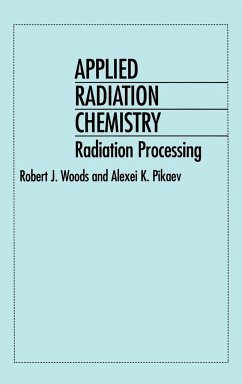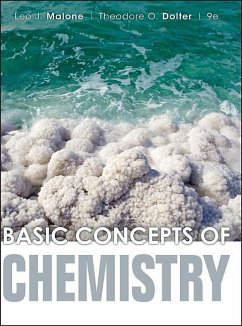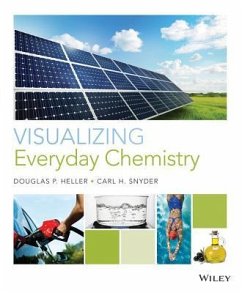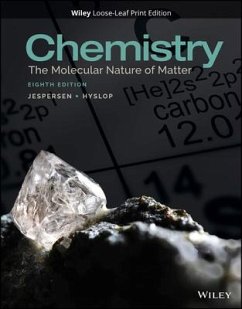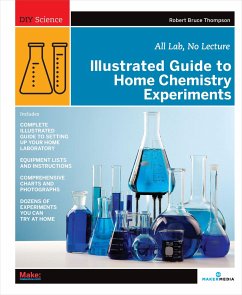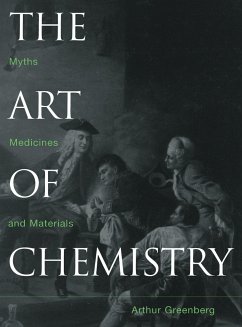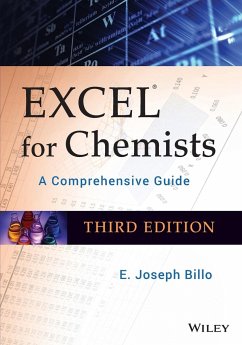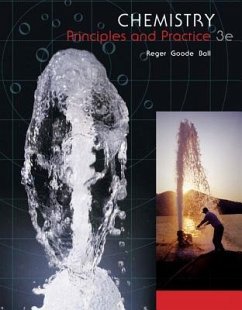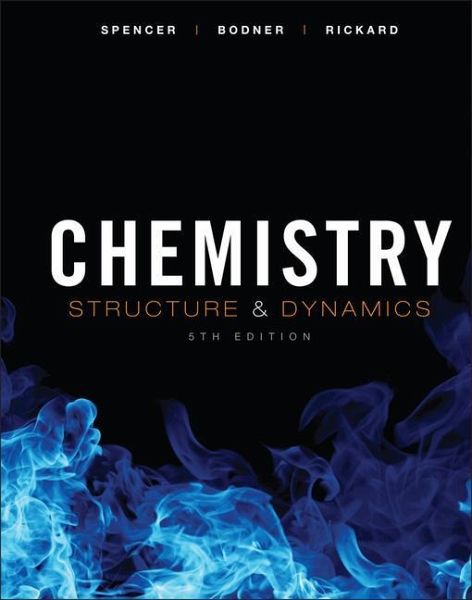
Chemistry
Structure and Dynamics
Versandkostenfrei!
Versandfertig in über 4 Wochen
248,99 €
inkl. MwSt.

PAYBACK Punkte
124 °P sammeln!
Spencer's Chemistry: Structure and Dynamics is the most successful reform project published for the General Chemistry course. The authors have built the text on the recommendations of the ACS's Task Force on the General Chemistry Curriculum and suggestions from the adopters of previous editions. This innovative text provides a sixteen-chapter introduction to the fundamental concepts of chemistry. The material is supplemented by special topics at the end of each chapter. There are three major themes that link the content of the book: the process of science, the relationship between molecular st...
Spencer's Chemistry: Structure and Dynamics is the most successful reform project published for the General Chemistry course. The authors have built the text on the recommendations of the ACS's Task Force on the General Chemistry Curriculum and suggestions from the adopters of previous editions. This innovative text provides a sixteen-chapter introduction to the fundamental concepts of chemistry. The material is supplemented by special topics at the end of each chapter. There are three major themes that link the content of the book: the process of science, the relationship between molecular structure and physical/chemical properties, and the relationship between the microscopic and macroscopic levels. Spencer's Chemistry can work successfully in both small and large lecture courses.



